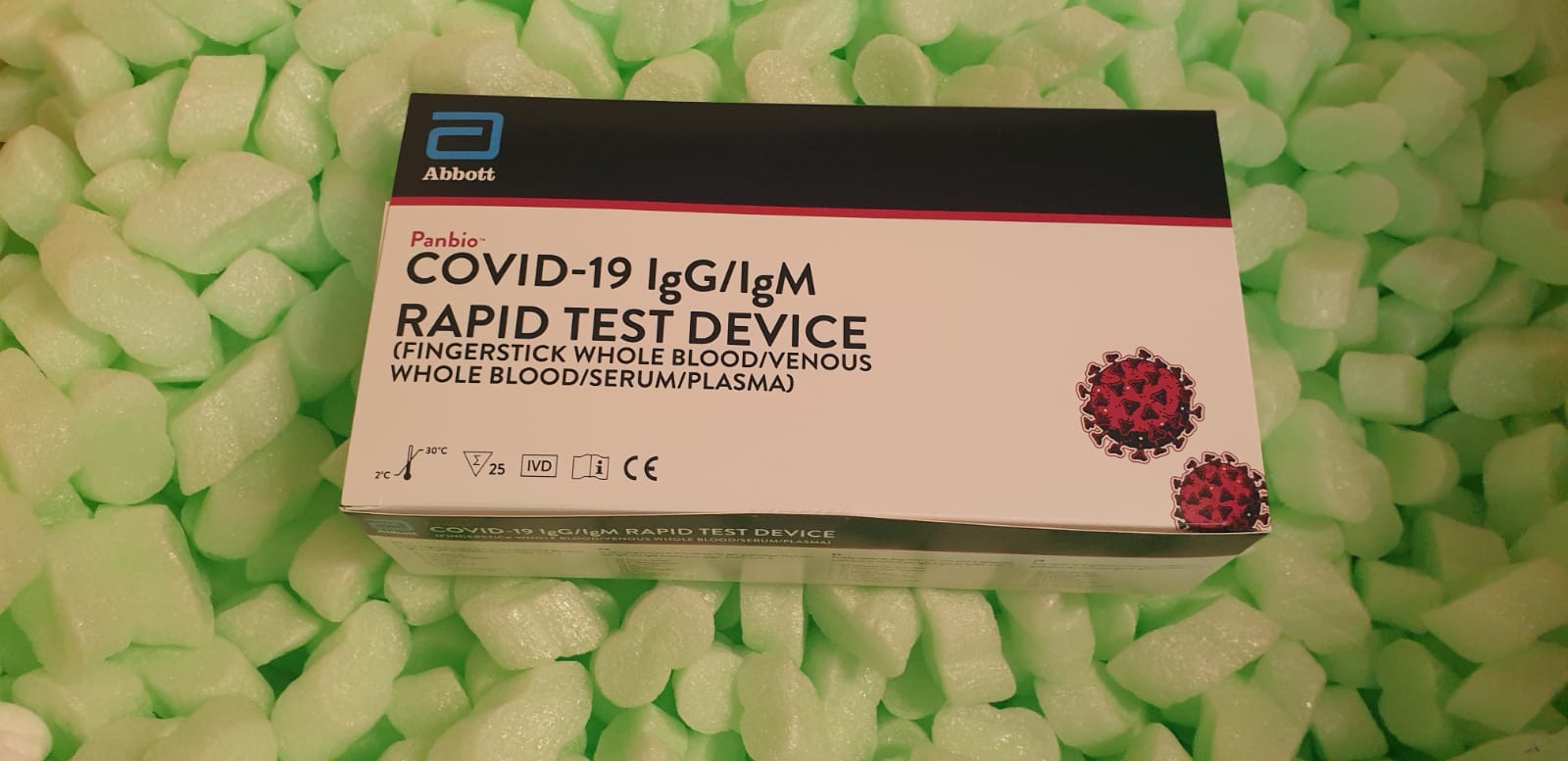Pre-clinical demonstration of porcine islet graft function is necessary to support the clinical transplantation of pig islets. C-peptide concentration is an especially useful marker of insulin secretion, because its measurement is not confounded by the presence of exogenous insulin. To measure porcine C-peptide (PCP), researchers in the field exclusively used the Millipore (previously Linco Research) radioimmunoassay (RIA) until 2011, when Mercodia released an alternative enzyme-linked immunosorbent assay (ELISA).
[Linking template=”default” type=”products” search=”adam 22″ header=”2″ limit=”188″ start=”2″ showCatalogNumber=”true” showSize=”true” showSupplier=”true” showPrice=”true” showDescription=”true” showAdditionalInformation=”true” showImage=”true” showSchemaMarkup=”true” imageWidth=”” imageHeight=””]
(At the end of 2013, the Millipore RIA was withdrawn from the market for commercial reasons.) In our current study, to directly compare these two assays, we performed validation studies on each. We also performed interlaboratory comparisons. Then, to determine the level of agreement between the assays, we analyzed the porcine serum C-peptide concentration measurement results obtained from each assay.



